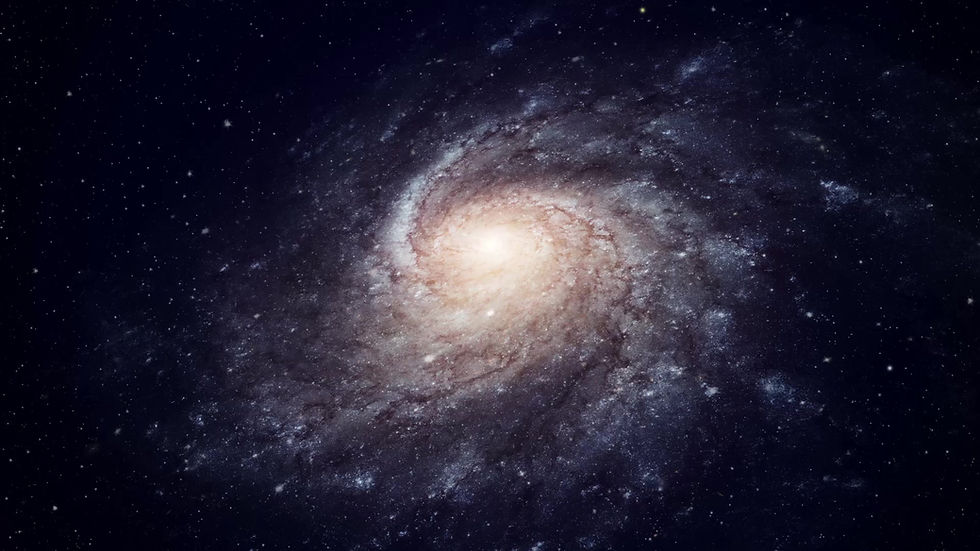

FIRSTRF
Mechanical Engineering Internship

Mission Statement:
Develop a mission concept that can deliver a scientific payload of at least 50kg to interstellar space in less than 20 years and send data back for another 20 years.
In 1977, NASA launched Voyager 1, and in 2012, Voyager 1 crossed into the uncharted territory of Interstellar Space. Space is something that has always caught our curiosity, but we have only mainly explored within our solar system. Why have we not gone further? How come we have not really focused on interstellar travel? Is it technological limitations? Is it a lack of public interests? Or have we been focused on it indirectly this whole time?
In this student project, I not only reflect on these questions, but aim to provide a solution. Achieving the goal of interstellar space within 20 years is no easy feat. However, I am hoping to provide a coherent, developed, and accurate mission that achieved the stated goal.
Please join me on my discoveries! I have split my methodology for this project into the phases listed below, with an official document compiling them all linked below.
Thank you to CU Boulder and all involved for this opportunity!
Click the CU logo to visit the official projects page!
Click the NASA logo to learn about the challenge specifics!
Phase 1: Learn about the Past to embrace the future.
In order to go further, we need to first look back. We must look at the voyager missions and what made them so special, but more importantly, what made them work. It's here that we can start to begin to visualize our mission and visualize how we can bring the magic behind the Voyager missions to today, and beyond.
.png)
.png)
Phase 2: Past, Present, and Future Technologies + CAD Modeling
It has been nearly half a century since we first launched the Voyager missions. How will we make this mission more efficient with today's technology and capabilities? With companies like ULA, SpaceX, and others making leaps and bounds with tech, can that be used to our advantage? What about upcoming projects from NASA like SLS and the X3 hall effect thruster? In Phase 2 I wanted to answer these questions. Here we also look at the launch vehicle we need, and it's specifications. We look at our spacecraft and what will be on it, and how we will design it.
.png)
.png)
Phase 3: Creating the Mission Profile
Alright. We've done our research, now it is time to get into the technical aspects of this project, and that's the mission profile. It's here in Phase 3 that we look at all aspects of our mission. This means specifics of our launch, launch windows, and the math and calculations for all the maneuvers needed. Will we use gravitational assistance? If so, how would we make that happen? In Phase 3, I aimed to have the plan come together.
.png)
.png)
.png)
Phase 4: Conclusion
We have finally reached the end of our project. We're now at a place where we feel comfortable with presenting, yet remain open to deeper analysis and exploration. As time goes on and things evolve, so can this project.
.png)
.png)



